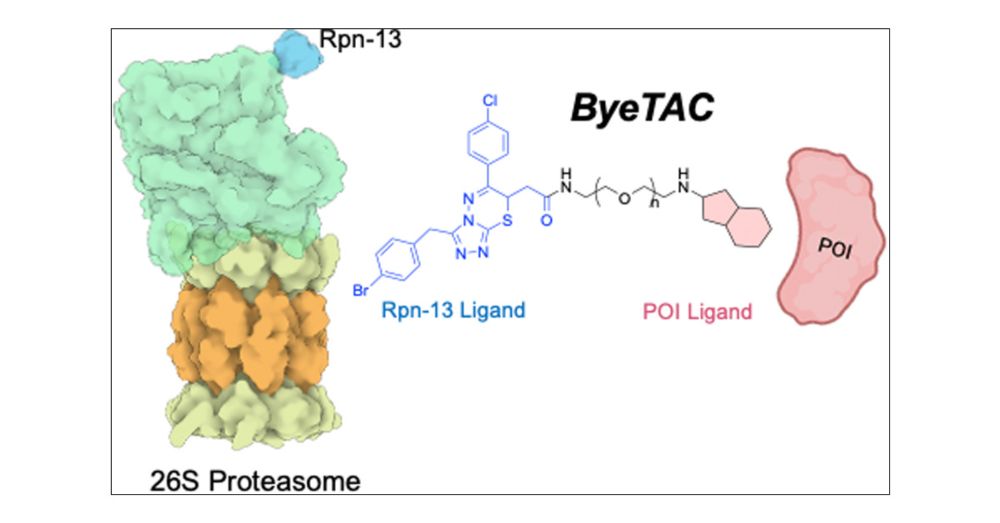
pubs.acs.org/doi/10.1021/...

pubs.acs.org/doi/10.1021/...
pubs.acs.org/doi/10.1021/...

pubs.acs.org/doi/10.1021/...
doi.org/10.1021/acs....

doi.org/10.1021/acs....
pubs.acs.org/doi/10.1021/...

pubs.acs.org/doi/10.1021/...
pubs.rsc.org/en/content/a...
pubs.rsc.org/en/content/a...

